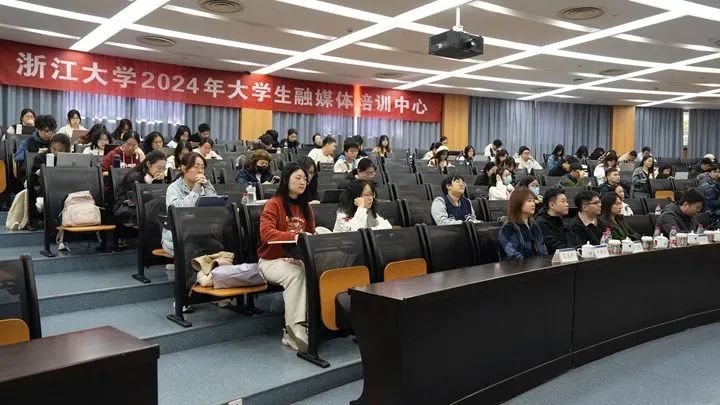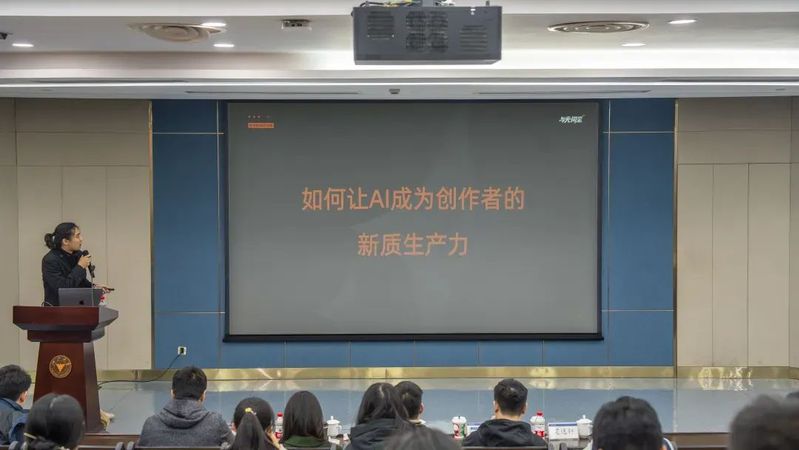
On November 30, the fifth lecture of Zhejiang University's 2024 College Student Media Training Center series, titled How AI Can Redefine Creativity, took place in Room 138 of Meng Minwei Building. The guest speaker, Ai Yixuan, a seasoned AI technology expert and senior lecturer with NewStudio/With Light and Dust, shared insights on the transformative power of AI in creative industries. Drawing from his extensive experience, he introduced how AI fuels innovation, showcased examples of AI-generated content, and explained workflows for integrating AI into commercial media production, providing students with a fresh perspective on content creation.
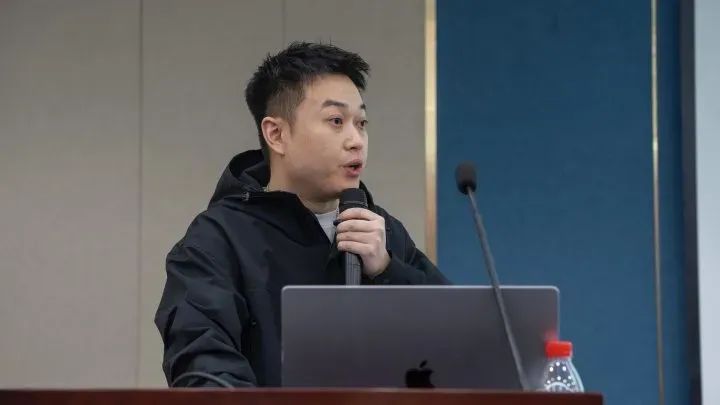
Li Muhan, CEO of With Light and Dust, introduced the company’s mission to revolutionize content production and build a cutting-edge ecosystem. As a leading film and advertising agency, the company’s AI division has made notable advancements in AI commercialization.
AI’s Role in Industry Transformation
Ai highlighted two key pathways for AI-driven innovation: AI supporting industries and AI transforming industries. In the first, AI enhances efficiency by optimizing solutions, while in the second, it becomes the driving force for systemic change and growth. In film and advertising, AI breaks traditional time and space constraints, offering new tools for creators to explore opportunities and markets.
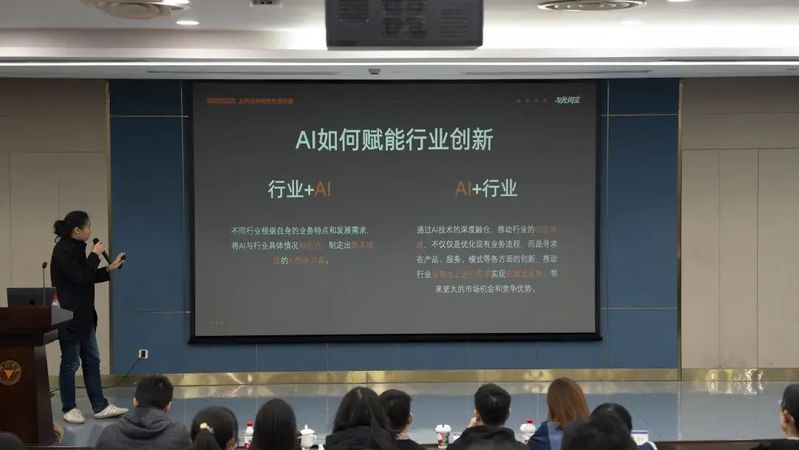
Through examples such as the AI-crafted CCTV music video Glorious Elegance Through Time, Ctrip’s Pharaoh’s Global Shopping Journey on Singles' Day campaign, and Alibaba Cloud’s AIGC promo, Ai demonstrated AI’s potential to lower production costs and accelerate timelines while maintaining high-quality results.
AI in Content Creation: Techniques and Tools
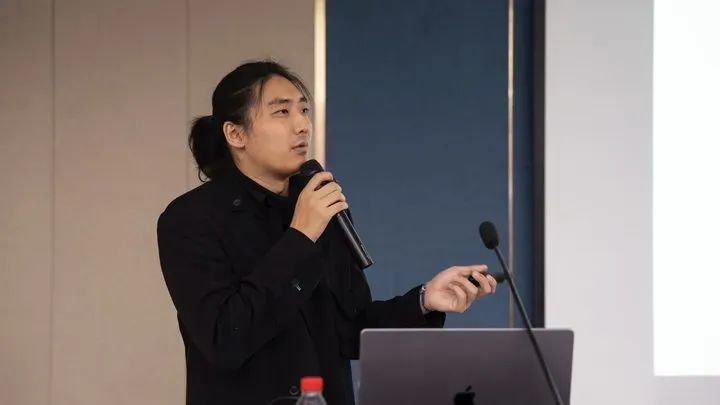
Ai explained the technical processes behind AI-powered content creation, covering AI text generation, image creation, and dynamic video production.
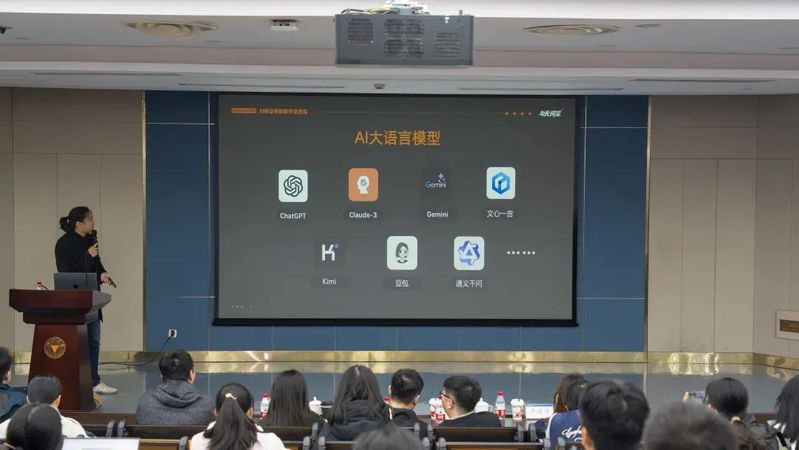
He advised students on training and using large language models effectively, highlighting techniques such as setting clear prompts, adding detailed feedback, and defining tasks to improve model outputs. Ai also outlined a four-part prompt structure for AI interactions: context, role definition, task, and output expectations.
AI tools are increasingly used in design tasks like posters, concept art, and visual effects. Ai broke down two popular methods for image creation: “text-to-image” (where text prompts generate visuals) and “image-to-image” (where reference images guide AI outputs). He shared useful tips for refining these processes, while also noting some limitations, such as language-related semantic gaps in traditional Chinese cultural contexts.
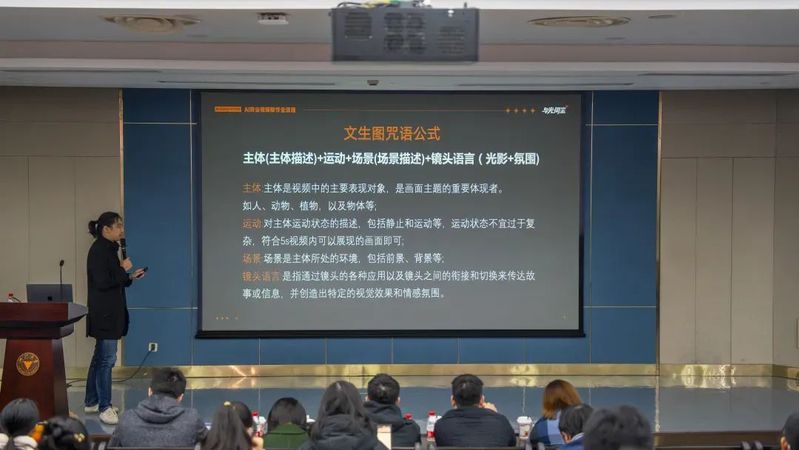
In video production, Ai introduced workflows that combine AI-generated visuals with traditional post-production. He highlighted practical techniques like generating videos from single images or transitioning between two frames to produce creative video sequences.
AI and Real-World Applications
In the final segment, Ai explored how AI integrates with live-action production. From creating visual concepts to blending green-screen footage with AI-generated scenes, he detailed the steps for combining AI with traditional techniques. He emphasized that while AI accelerates workflows, it requires careful guidance and creativity from users to reach its full potential.
During a lively Q&A session, students raised questions about software tools, copyright challenges, and the commercialization of AI-generated content. Ai stressed that while AI enhances efficiency, it cannot replace the unique insights and creativity of human creators. Instead, it should be viewed as a tool to amplify human potential in this rapidly evolving landscape.
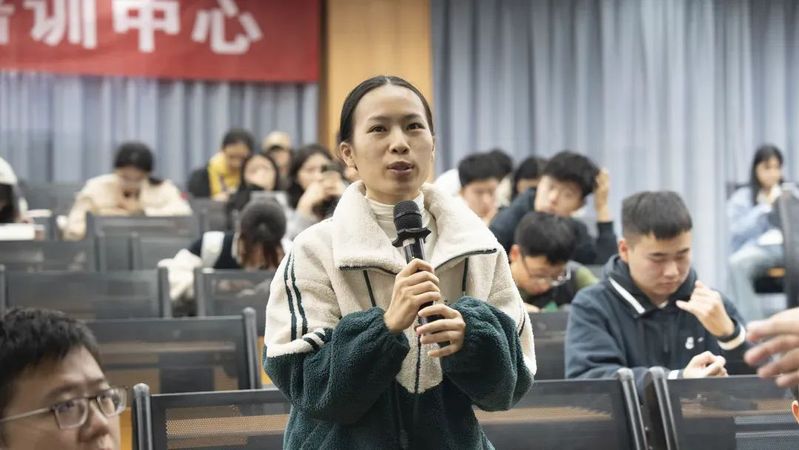
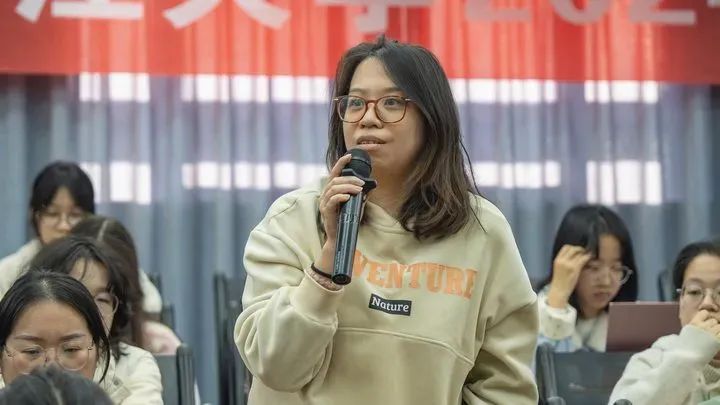
By embracing AI and its opportunities, creators can not only improve their workflows but also expand the possibilities for innovation in the creative industries.
